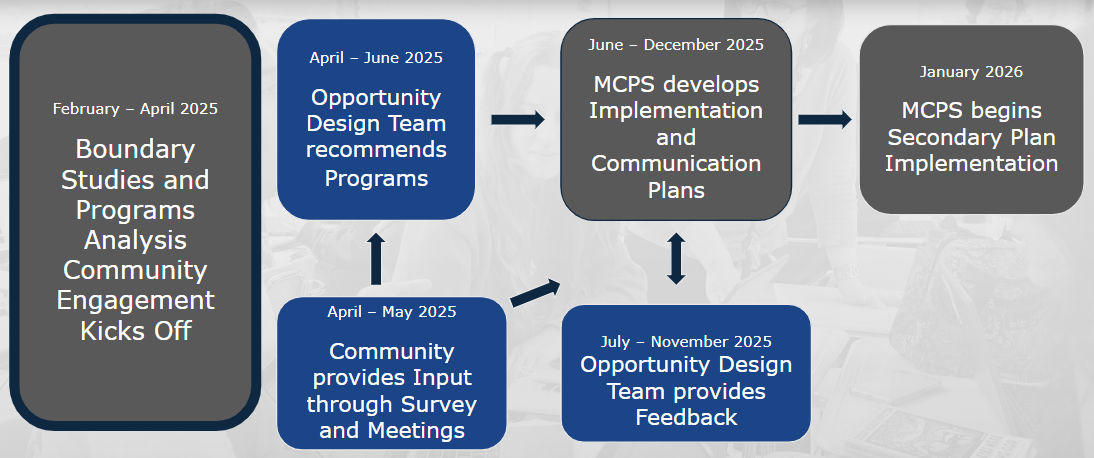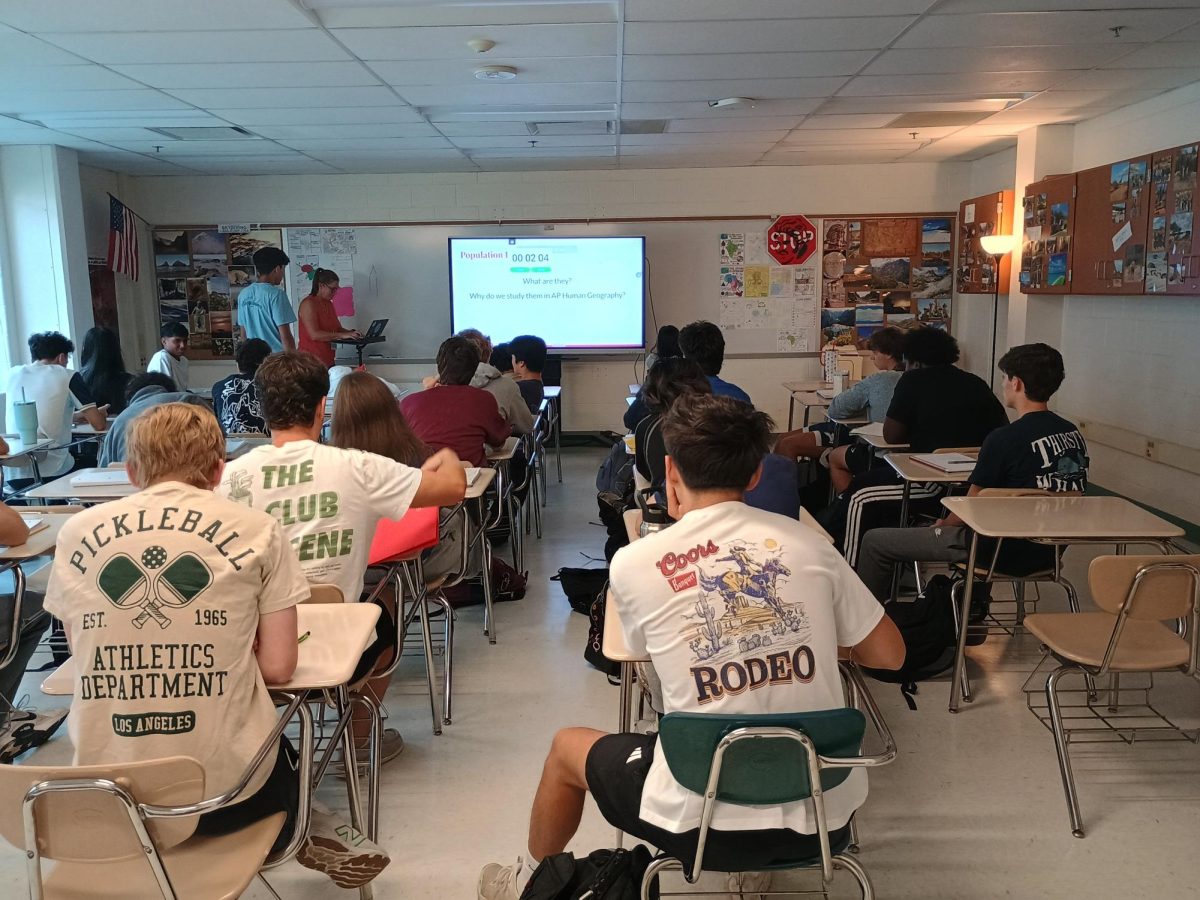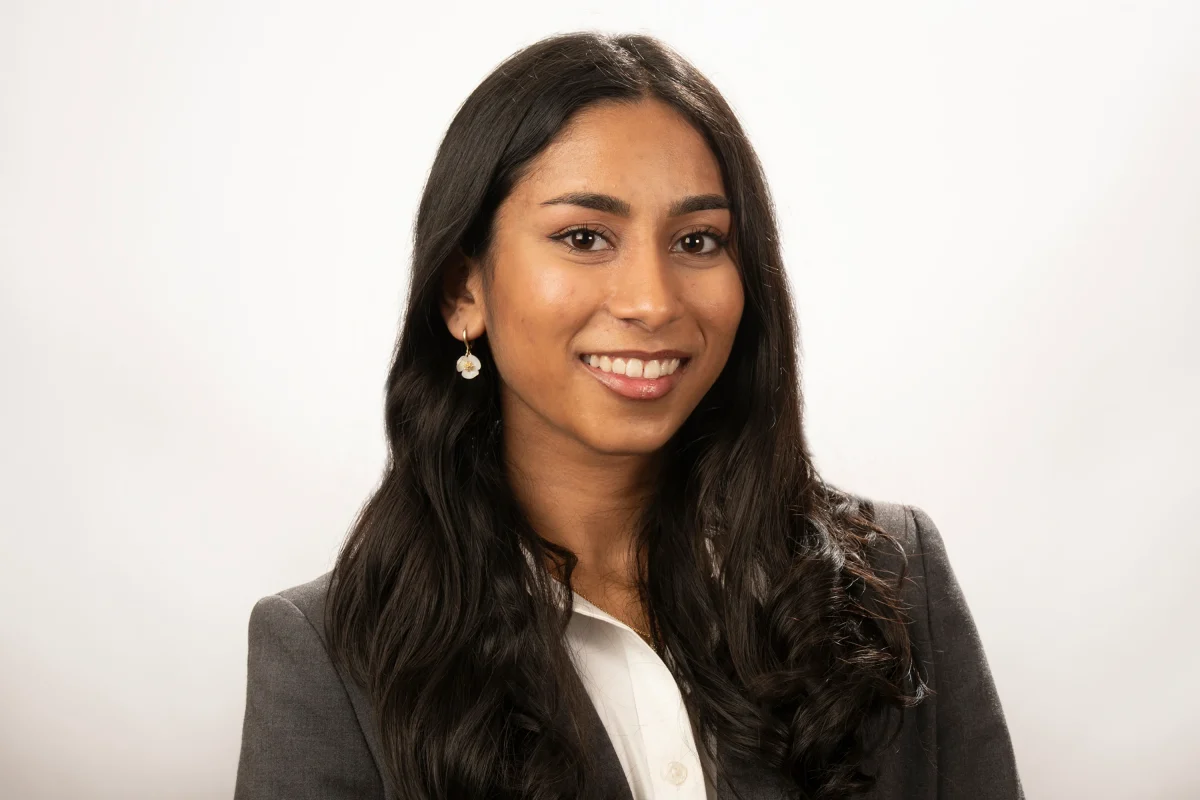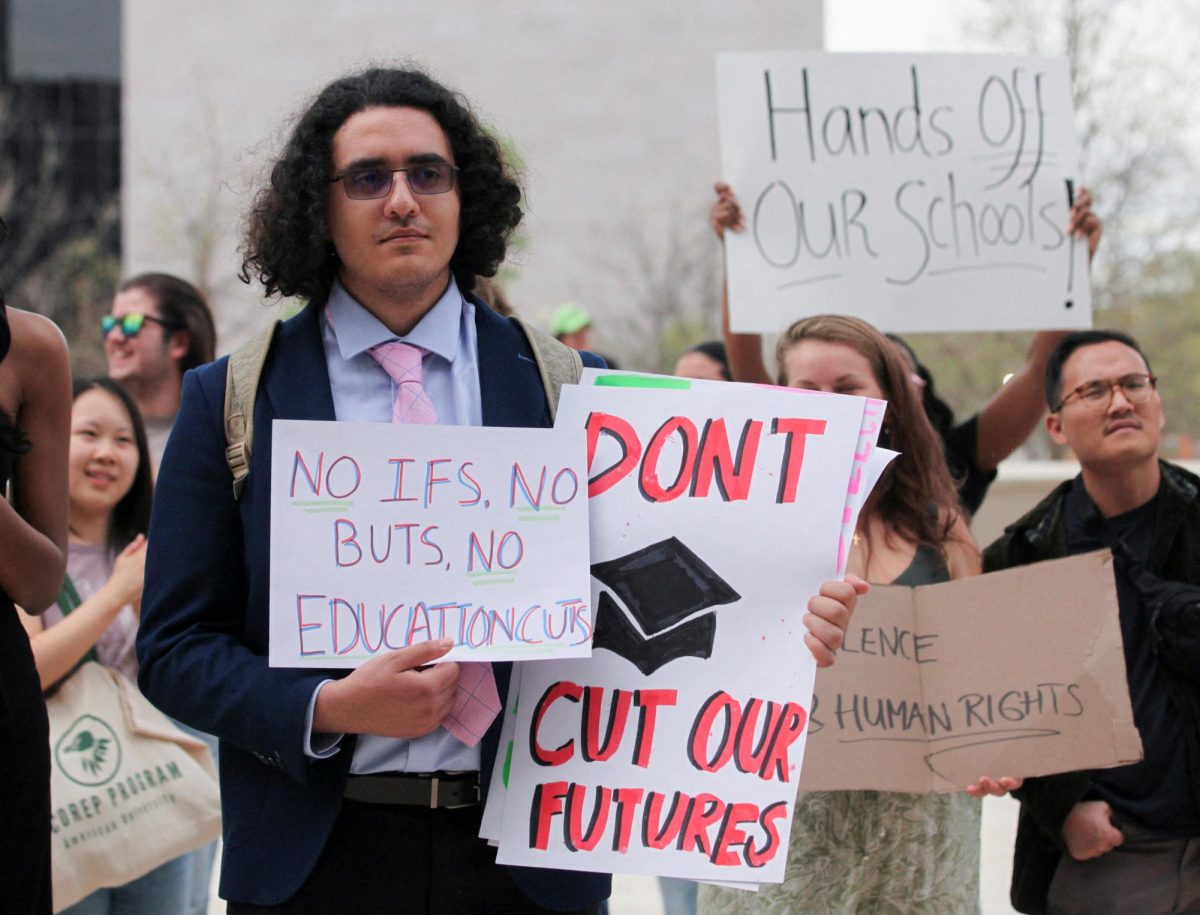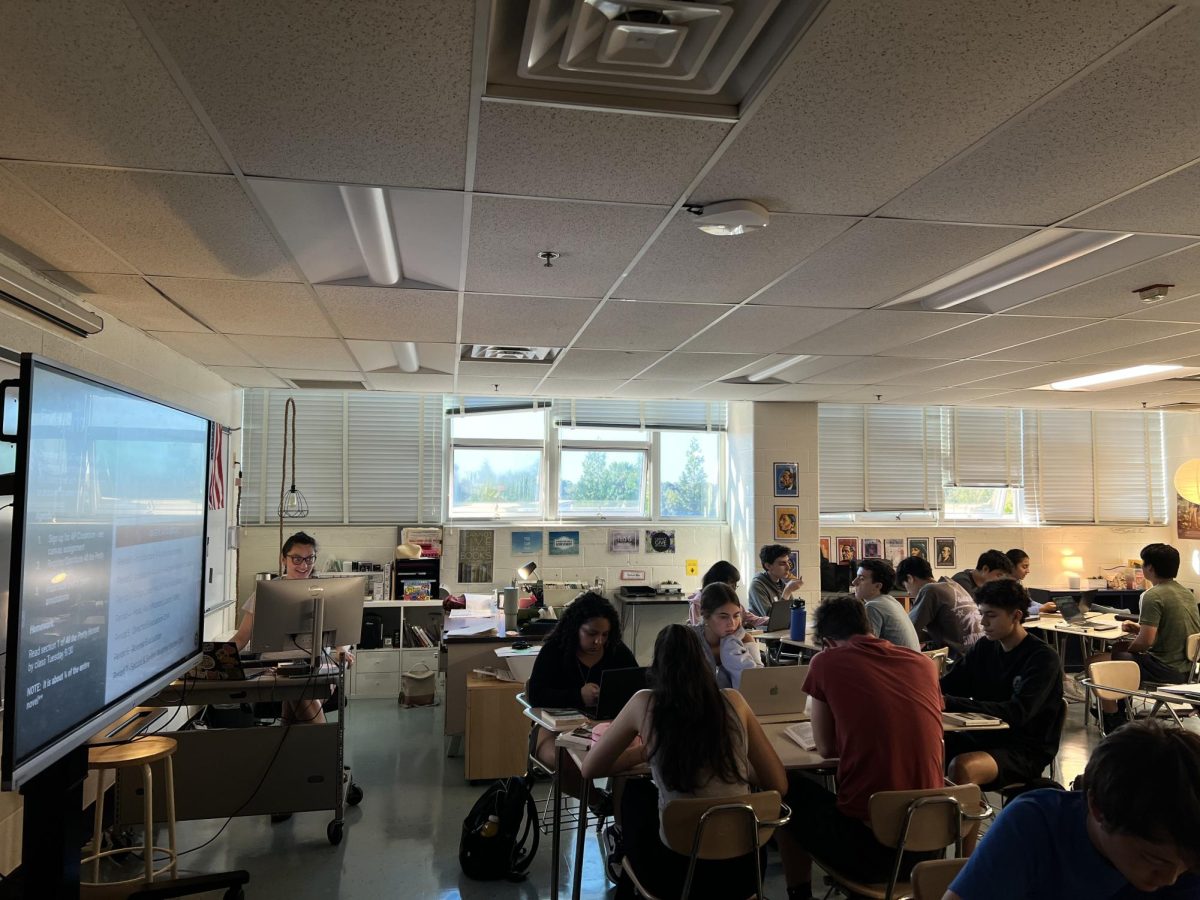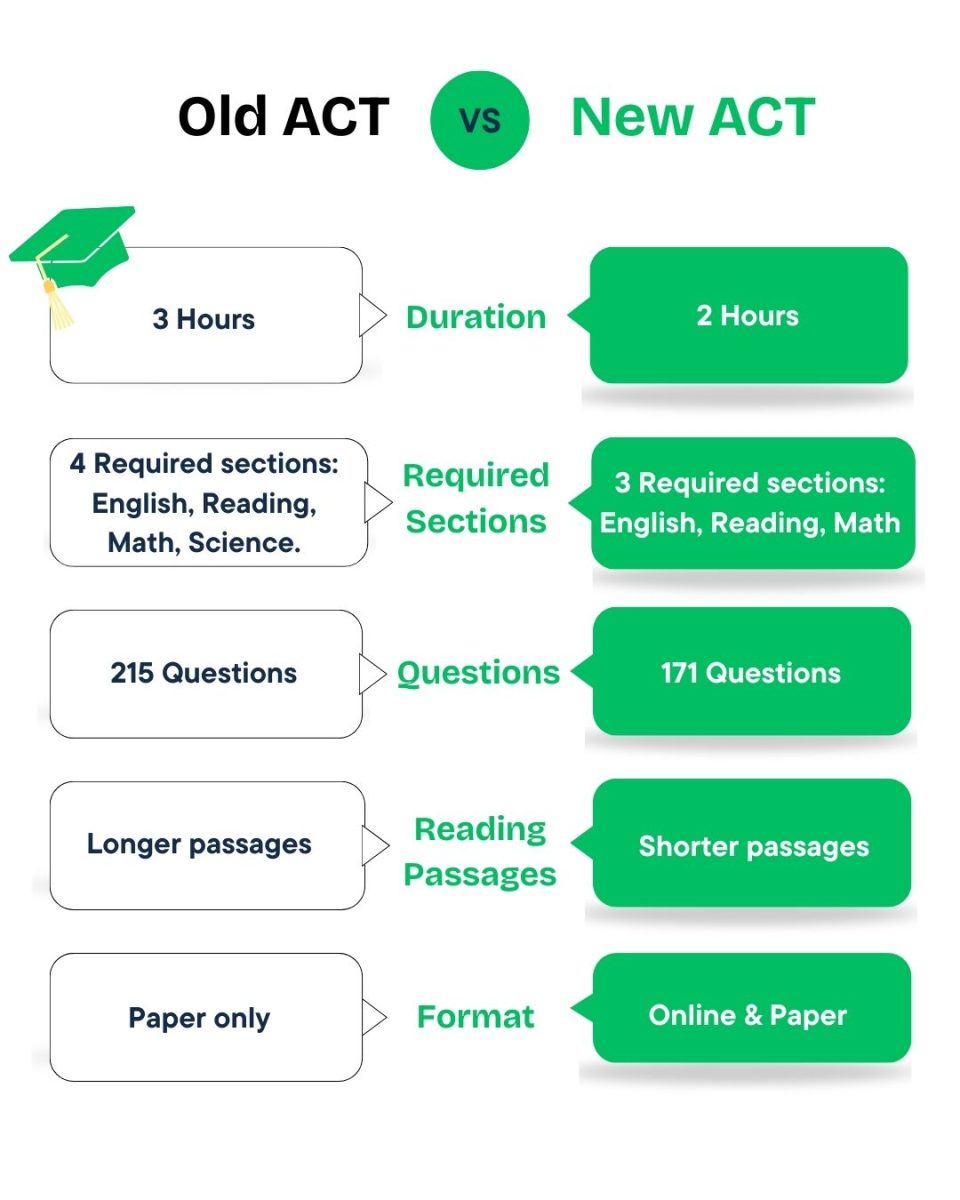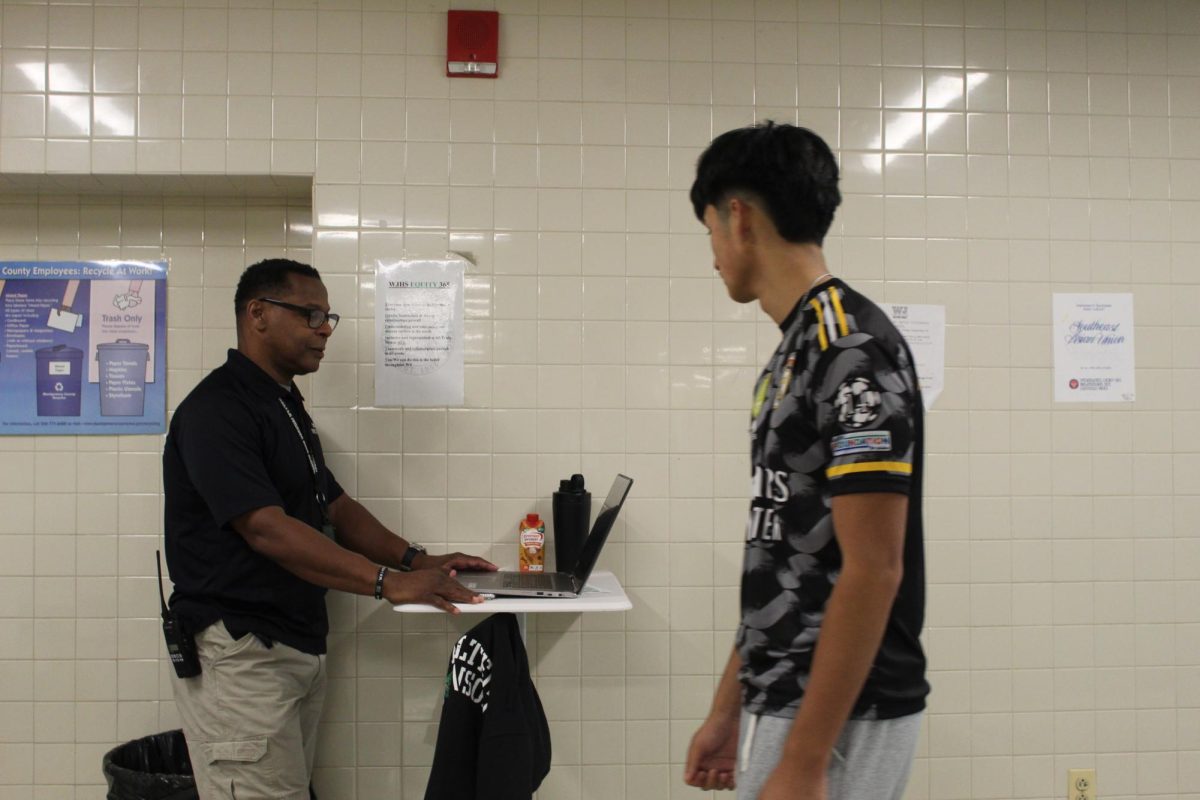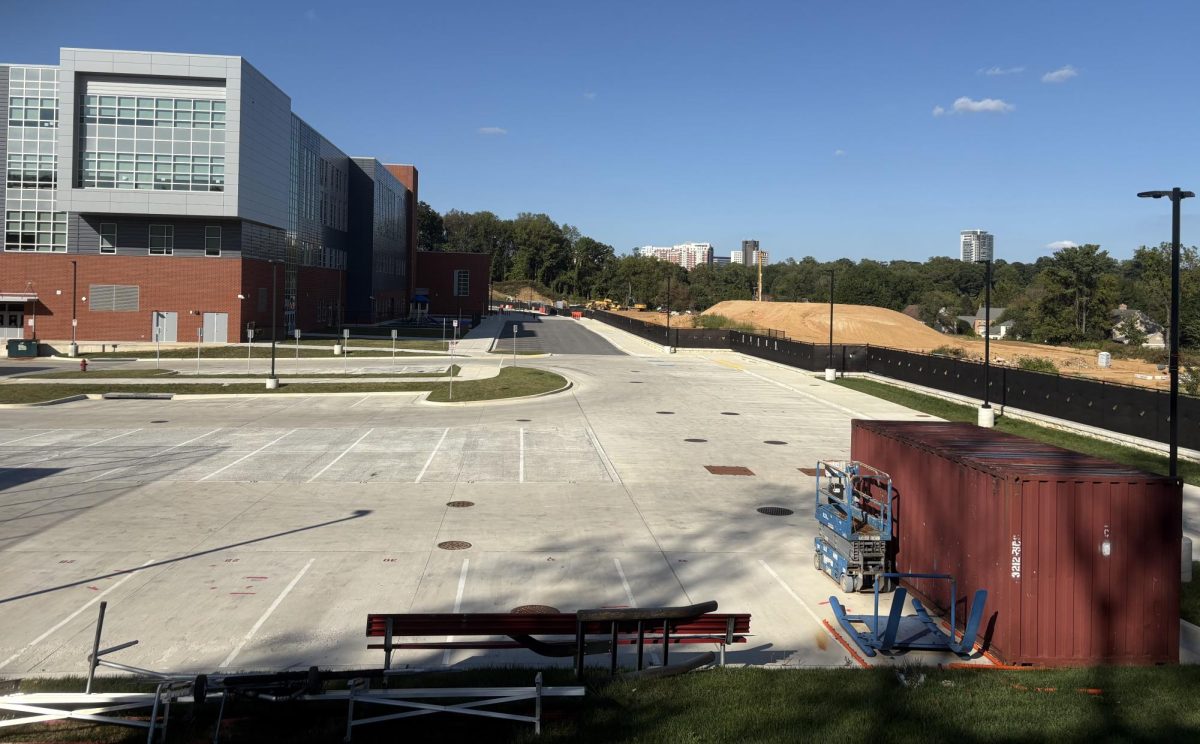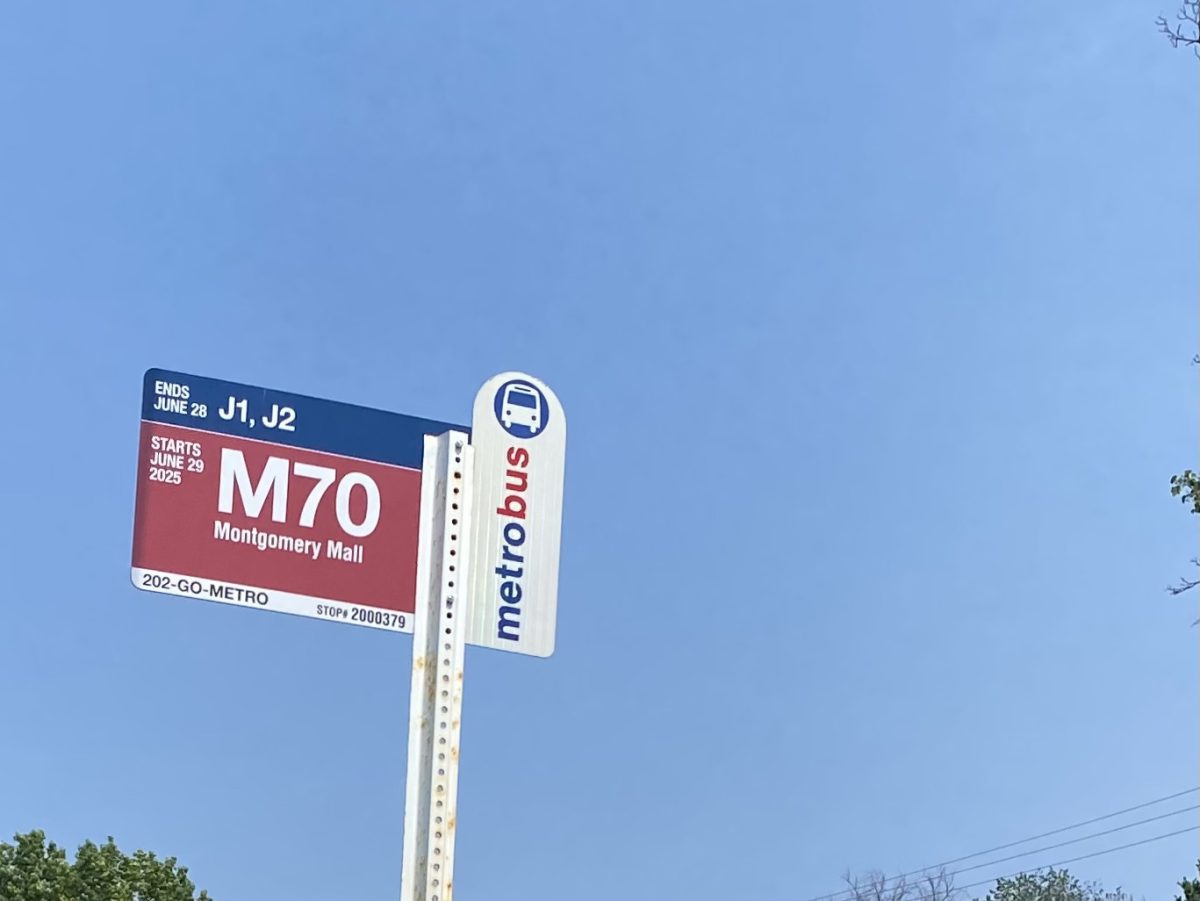MCPS has experienced significant growth in recent years, leading to overcrowding in many school clusters. In an effort to keep up with this growth, the MCPS Board of Education initiated an assessment of the current boundaries and will consider revisions to be made. The Board of Education held their first public hearing on Nov. 18 at Carver Education Centers as they discussed the analysis of the current existing boundaries that county has in place. Additional meetings are scheduled for the coming months.
External consultants from WXY, working on behalf of MCPS, have launched phase one of the Districtwide Boundary Analysis initiative. Phase one consists of data analysis and community engagement activities.
The purpose of the boundary study is to assess school boundaries in comparison to the county’s growth, seek feedback from community members and understand the challenges of diversity, access and utilization in school clusters. However, MCPS is not immediately planning to redraw school cluster boundaries.
Many students throughout MCPS support the boundary analysis and are advocating for more diverse schools.
“I feel that I am prepared and equipped to be an open-minded citizen once I leave high school. However, not every student within our county has had the same experience I’ve been fortunate to have,” Watkins Mill sophomore Jeyssi Huaycochea said in a testimony.
Students at WJ agree with Huaycochea.
“I think we have a good amount [of diversity], but not enough because I have seen students get made fun of because of their race or where they are from,” sophomore Jazmine Robinson said.
According to MCPS Schools at a Glance in 2017-2018 WJ is 54.3% white and has a Free and Reduced Meals (FARMS) rate of 7.5%. In addition, the average SAT score at WJ is a 1213 while Gaithersburg High School the average SAT score is 1043. Gaithersburg is only 14.9% white and has a FARMS rate of 40.1%.
Some parents don’t want the county to redraw the boundaries after the results of the study are published and would prefer to find a way to improve those schools that are underfunded instead.
“I do live in the community…we moved to that area because I like the idea of my kids coming to this school,” social studies teacher Ty Healey said.
Parents and community members have additional ideas to alleviate overcrowding issues at schools.
“In terms of capacity issues, we can fill empty seats by incentivizing students to go to them. For example, these under-capacity schools could offer specialized and career programs,” community member Lauren Berkowitz said in a testimony.
There will be a meeting at WJ to discuss the boundaries on Jan. 7 from 7-9 p.m.



